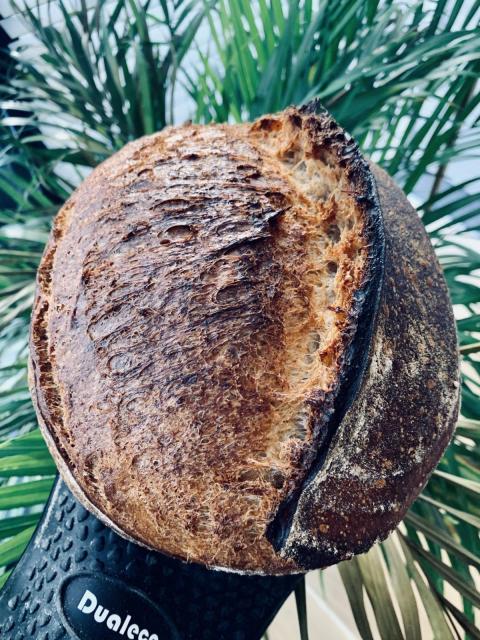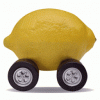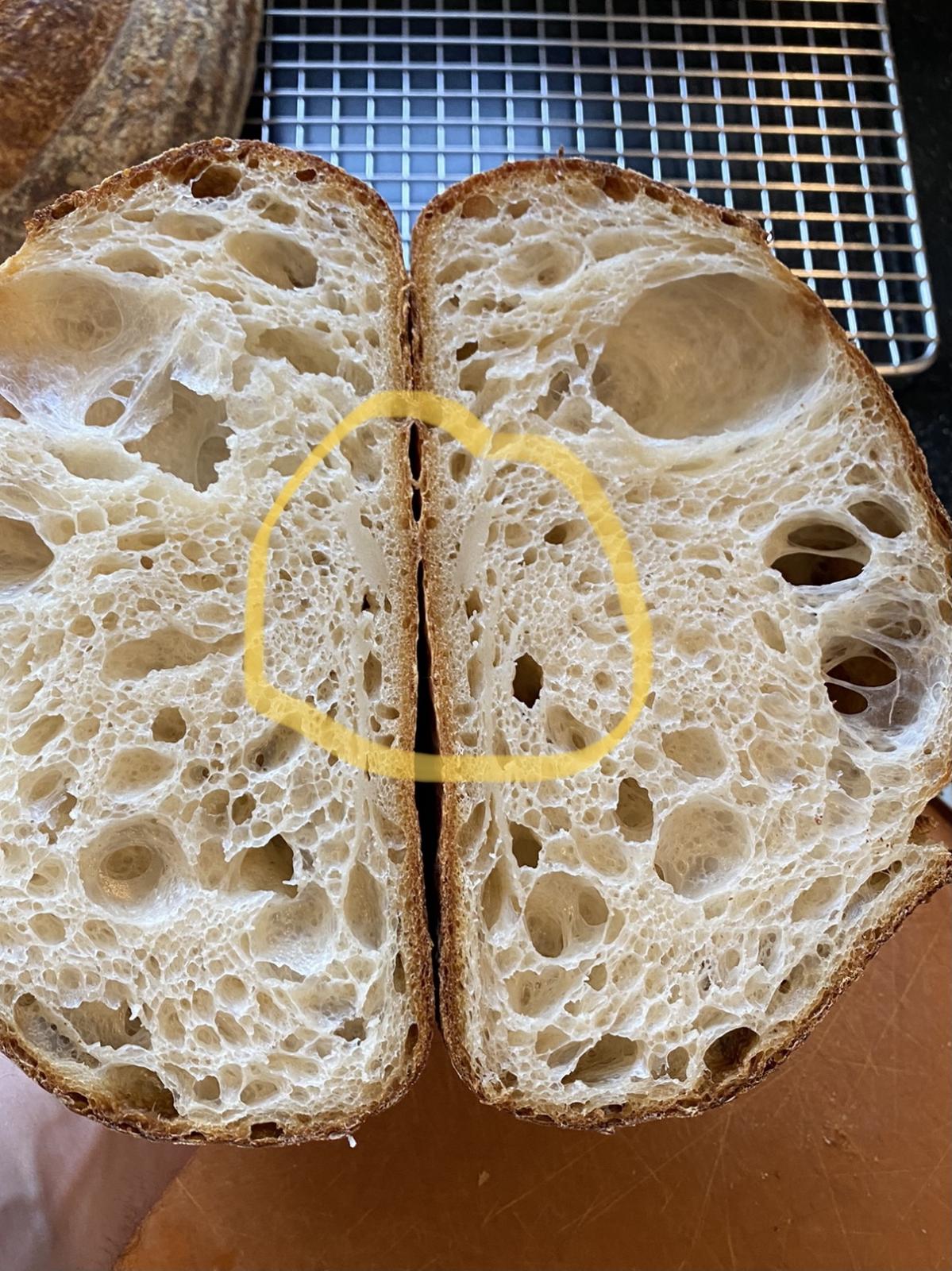
Beginner questions
I like to make boules from cake flour[10% protein]. I encounter few problems. Even at low hydrations like 60% the dough is tacky and won't knead well. I try to knead the dough just after mixing all ingredients -maybe i should let the dough wait a little?. I have to use stretch and folds, but then the dough feels quite stiff and not that extensible i reckon i could add another 5-7% of water. Why is that? I can't really understand what's happening -either it looks like water content is too high, but then it looks like its actually too low.
Another question. After bulk fermentation i shape my dough and let it for second proofing, and then i bake it. How long should second proofing take and should the dough rise twice its size, just as with bulk fermentation? Since this process usually take place on counter and not in the fridge[i cold ferment] it's pretty hard to time it. In most videos i watched, second proofing is much shorter than first proofing, even if that was also done on the counter.
Thid question. Assuming same flour, does higher hydration make the bread smaller with less oven spring? Should i always aim for high hydration if i want big loaf, or is high hydration only for making the crumb more open?
Fourth question. What's the best way to incorporate fresh yeasts after autolyse? I tend to dissolve it in very small amount of water, making a goo and then push it into dough. The problem is that dough has already well developed gluten and the yeasts with water make it a slimy, sometimes a goo if even a little too water is used. And then when i try to knead that yeast with water the dough lose the gluten structure.
Fifth question. When making boule, bread or pizza dough do i always aim for high strength gluten/dough? I always thought that strong dough with lots of gluten = chewy dough. When i make pizza i sometimes get chewy bottom, like you would get with bread crust. Why is that? I use thin steel plate for pizza and i usually make pizza in a pan, meaning i place the pizza on the plate, and then i put it in oven.
Six question: Should you preshape your bulk ferment before first proofing? Are there any benefits? And when shaping after first rise, do you degass strongly, or not? One time i had a dough that had problem rising, because i didn't degass it strongly i very gently shaped it, and seems the yeast didn't have enough food source in the vicinity because it didn't rise much when proofed. Now i always strongly degas, since new gas will be created through second rise. I heard that second rising is necessary to minimise the risk of having large pockets in the dough, but i haven't encountered that when baking after just one rise.
Seventh question: I rarely get that jelly consistency with dough, that many people aim for. Maybe because im preshaping in before bulk fermentation and the dough is quite tense already? Should it be slack for first rise/bulk?
Eight question: This one is related to my oven. I only have two settings that could be suitable for baking bread -either top and bottom heating element or bottom element with a fan[convection oven?]. I've used top and bottom element but it seems my bread browns on top too much and too quickly hence it hinders oven spring -i also have to lower temperature after 20 minutes to not burn it. Do you think that baking with bottom element and fan could be better? Im afraid that fan will dry the dough and vent of the steam. Im going to try it tomorrow. I also have a mode where there's a heating element behind fan, but that burns the bread so quick.
Ninth question: Any way to increase oven spring/open crumb of graham flour bread? I love the taste of graham flour, but the breads turn out pretty dense.






















